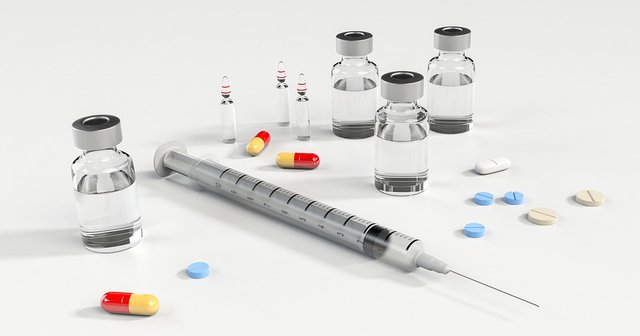Probably you've heard that moldy bread can be useful, because it contains penicillin. In fact, this is not true! Fungus that grow on bread have some antibacterial effect, but it is not penicillin. These are certain types of microscopic fungi, that secrete enzymes and some type of antibiotics. In the world of fungus there are many types of mold.

Penicillin is an antibiotic which has saved millions of human lives. But rumors that penicillin grows on vegetables, fruits and bread, are just the result of ignorance. Penicillin is made only of certain types of fungi (Penicillium fungi).
At the same time it should be noted that penicillin is also mycotoxin - very harmful for human and animal organism. Because of that, treatment with penicillin is useful only when it is strictly controlled.
According to the method of obtaining, there are two types of penicillin: natural and semisynthetic.
Natural penicillin
Natural penicillin is obtained by cultivating Penicillin fungi on nutrient substrates of varying composition. In this way are obtained: benzylpenicillin, procaine benzylpenicillin, propicillin, phenoxymethylpenicillin...
These types of penicillin are useful for the treatment of mild infections, such as: sinusitis, bronchitis, angina, ear inflammation.
Semisynthetic penicillin
Through changes in the chemical structure of natural penicillin was discovered the first semisynthetic penicillin, and was named methicillin. This significant discovery occurred in 1960. Although this type of penicillin is similar to natural benzylpenicillin it has shown better efficiency for the treatment of purulent infections caused by staphylococci resistant to benzylpenicillin.
The second group of semisynthetic penicillins are so-called broad-spectrum penicillins. Here are classified: ampicillin, amoxicillin, metampicillin, carbenicillin, and others...
The development of semisynthetic penicillins has put penicillin in the most important group of antibiotics, because it is especially effective in acute infections which spreads rapidly.

Substitute for penicillin
Today there are many drugs that are used as a substitute for penicillin. Such as, for example, erythromycin and clindamycin. However, these antibiotics have a fairly limited antibacterial spectrum (acting on a small number of bacteria). Therefore, their use is limited to only two cases: (1) when bacteria became resistant to penicillin, (2) when the patient is allergic to penicillin.
But moldy bread is - NOT penicillin and NOT substitute for penicillin!
A few more words about moldy bread
The moldy bread has to be thrown away, because the mycelium (which is not penicillin) enters deep into bread, but this can not be seen with the naked eye, and sometimes the taste of the bread does not change. Of course, these molds can be various different. If eaten, they can cause serious health problems. Some people have fever, others have gastrointestinal symptoms, such as vomiting and/or diarrhea, or respiratory allergies. Such poisoning can be very dangerous - in such situations are possible even fatal outcomes.
The same rule applies to all other moldy products. The exception is the moldy cheese, but about it maybe in another post...



amazing health post... you mad my day thanks @cryptocica
Downvoting a post can decrease pending rewards and make it less visible. Common reasons:
Submit